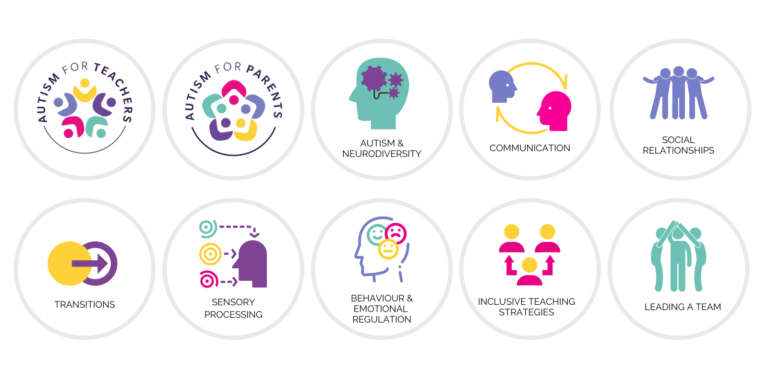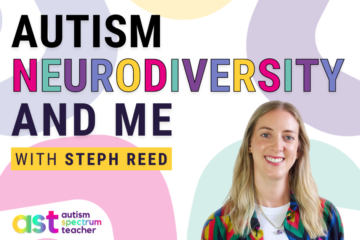Table of Contents
Visual lesson schedules
For children with autism, it can be hard to predict what will happen next. Often without realising, teachers can under prepare their students by not informing them of what will take place in an activity or lesson, in a way the child can understand. This can lead to high anxiety and confusion, which obviously can then result in challenging behaviour.
Visual within-lesson schedules, based at the level of sense-making of the child, can give information to show exactly what will happen. If used properly, it can show the child what is to come, what has finished and when the lesson will completely finish.
Visual within-lesson schedules can be used individually or for a whole class (any class!). Some of the examples below are from mainstream classes of 30 children where all of the children are benefiting from the visual schedule.
Here are some examples of visual, with-in lesson schedules:
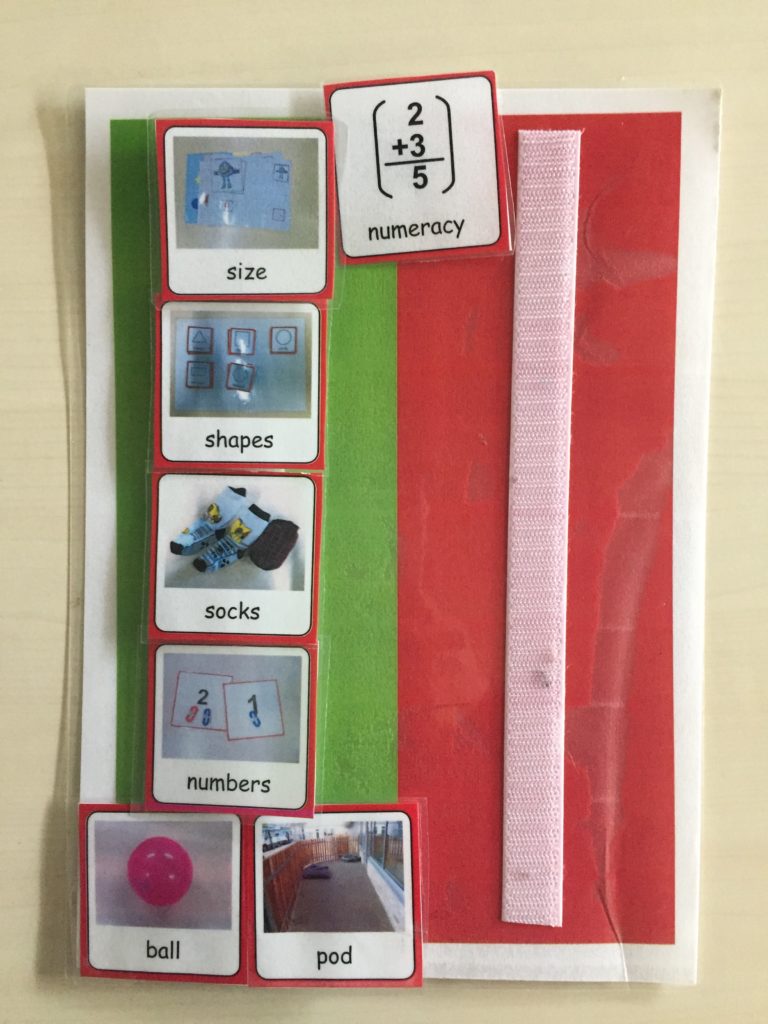
This is a visual within-lesson schedule for a numeracy session. It shows the activities that are going to take place and in which order. Lastly, there is a very motivating activity (playing with a ball) which helps to keep this particular child focused and engaged!
As each activity finishes, the photo is placed on the red side to show that it has finished. Over time, children can learn to do this action themselves and therefore increasing their independence in completing tasks themselves. This type of resource can really be used for any lesson, for ALL children!
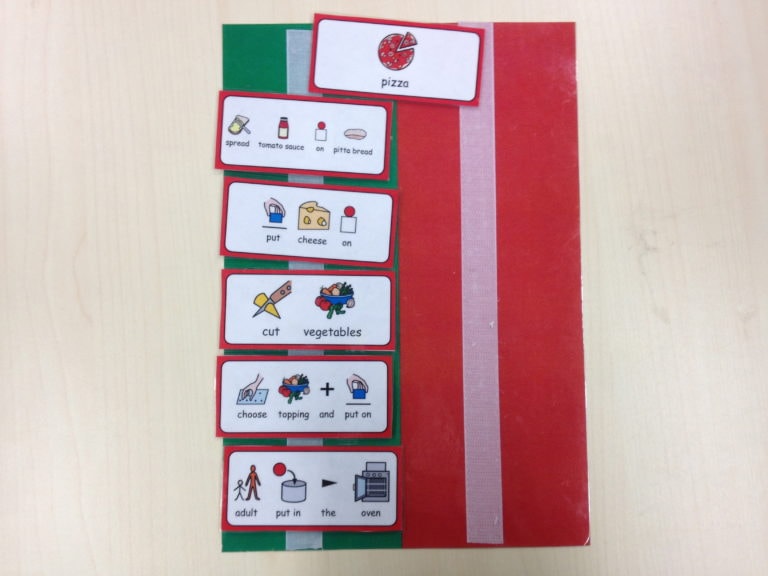
Here are some other examples of how the same system can be used at different reading and comprehension levels. The board on the left shows increased vocabulary compared with the board below. This must completely depend on the individual child and their level of sense making.
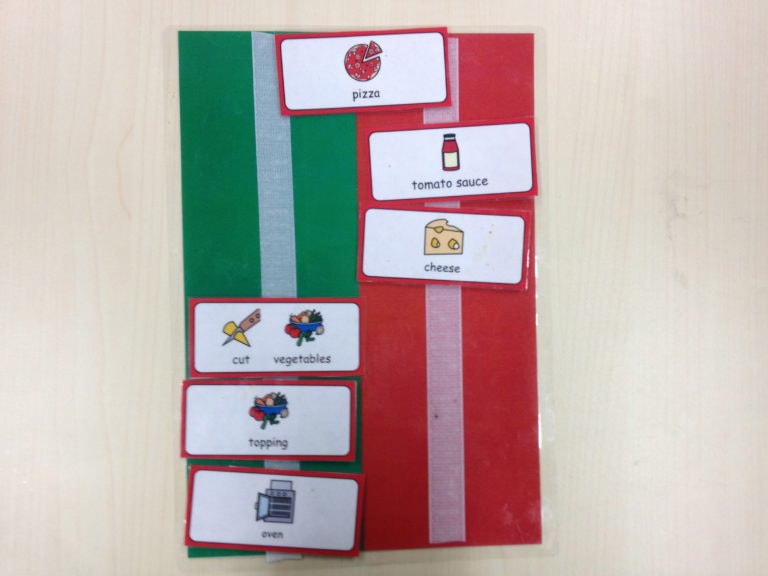
As you can see, for a child who understands symbols, this step-by-step guide will clearly support to show the child the order of the different steps of the pizza making activity. This would be used in combination with modelling what to do by the teacher. The symbol program used to create these symbol resources is Communicate in Print.
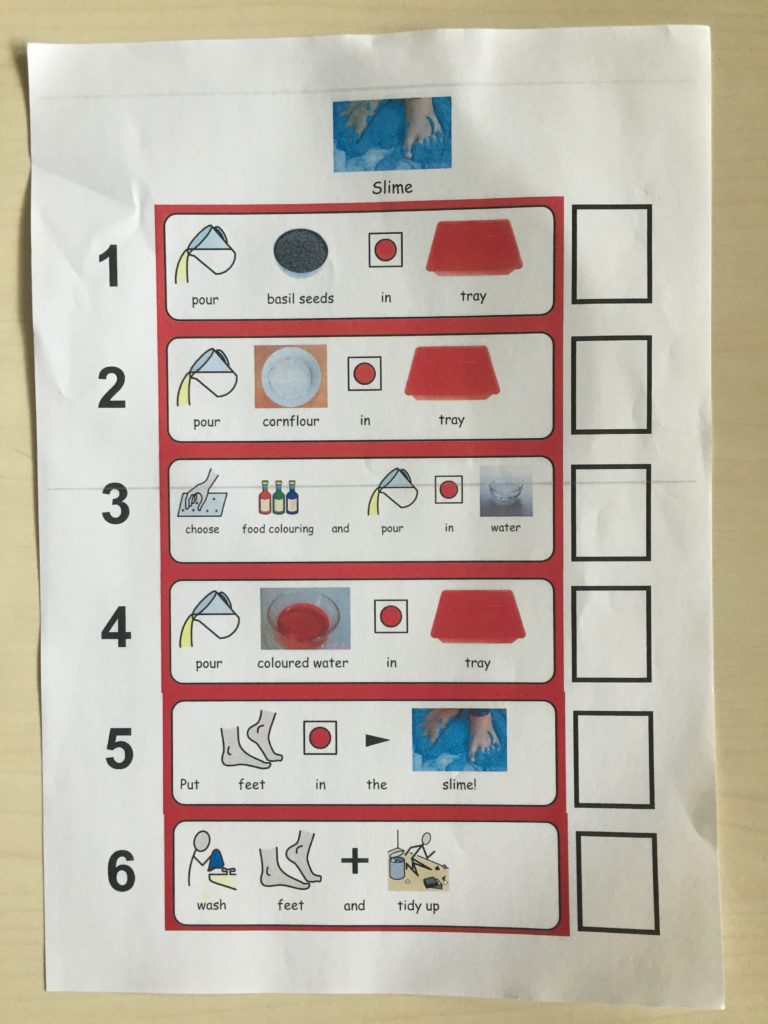
Here is an example of a visual within-lesson schedule for a child who can read or is at the early stages of reading. The child can use a pencil to tick off each step as they work through the stages. This would also be used in conjunction with modelling from a teacher.
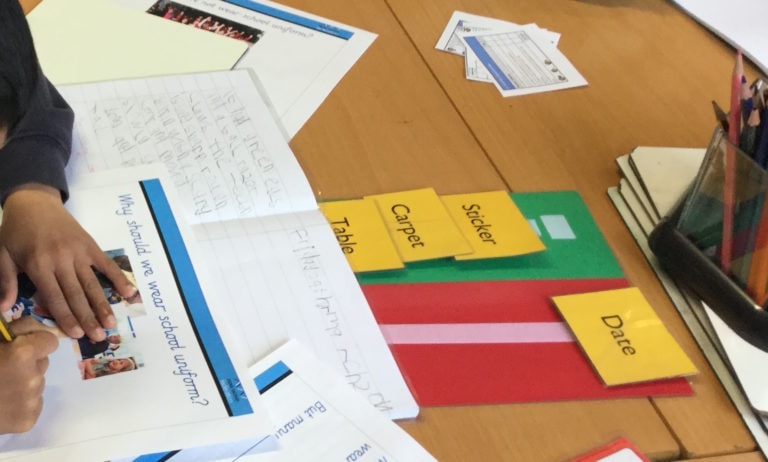
Here is a within-lesson visual schedule for a child who reads and it helps to structure what he needs to do and where he needs to be, in which order.
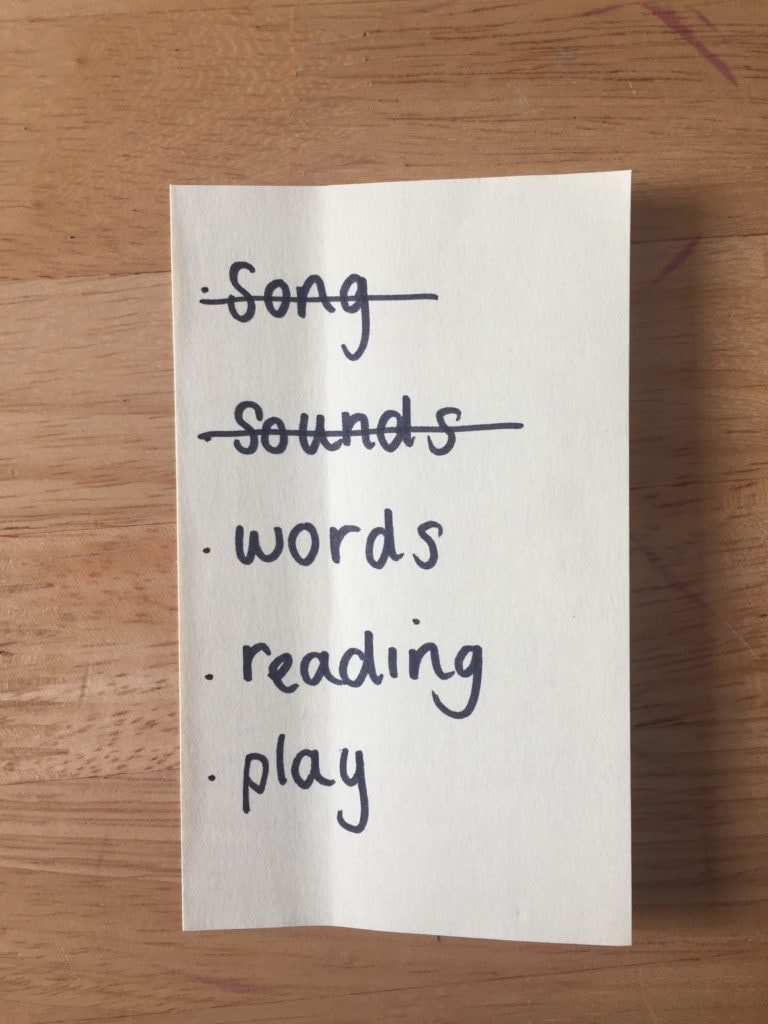
It can be as simple as using a sticky note and pen! (if the child can read)
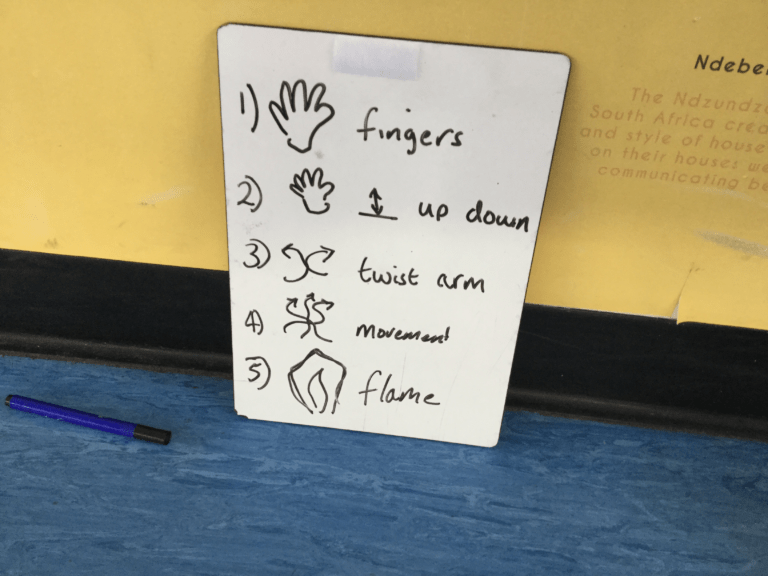
Pairing a picture with words can give more meaning to a child. This is an example of the different movements in a dance sequence during a dance lesson.

Here is an example of a within-lesson visual schedule, drawn by the teacher in front of a mainstream class of 30 children. The drawings shows the steps of the lesson. After showing the class, the teacher placed it on the wall and at different points during the lesson, some of the children went up to it to look at it. It clearly supported ALL of the children and is very inclusive.
As educators it is our job to ensure all pupils, with very different learning styles, can access the learning. Visual within-lesson schedules can support ALL pupils, not just children with autism. Children are never to old to use pictures (I have had questions about this from teaching staff before) this really is not the case, so do not stop using pictures if it is supporting a child/ class to learn. I personally prefer using pictures to words and can grasp meaning quicker myself! Keep it visual!
